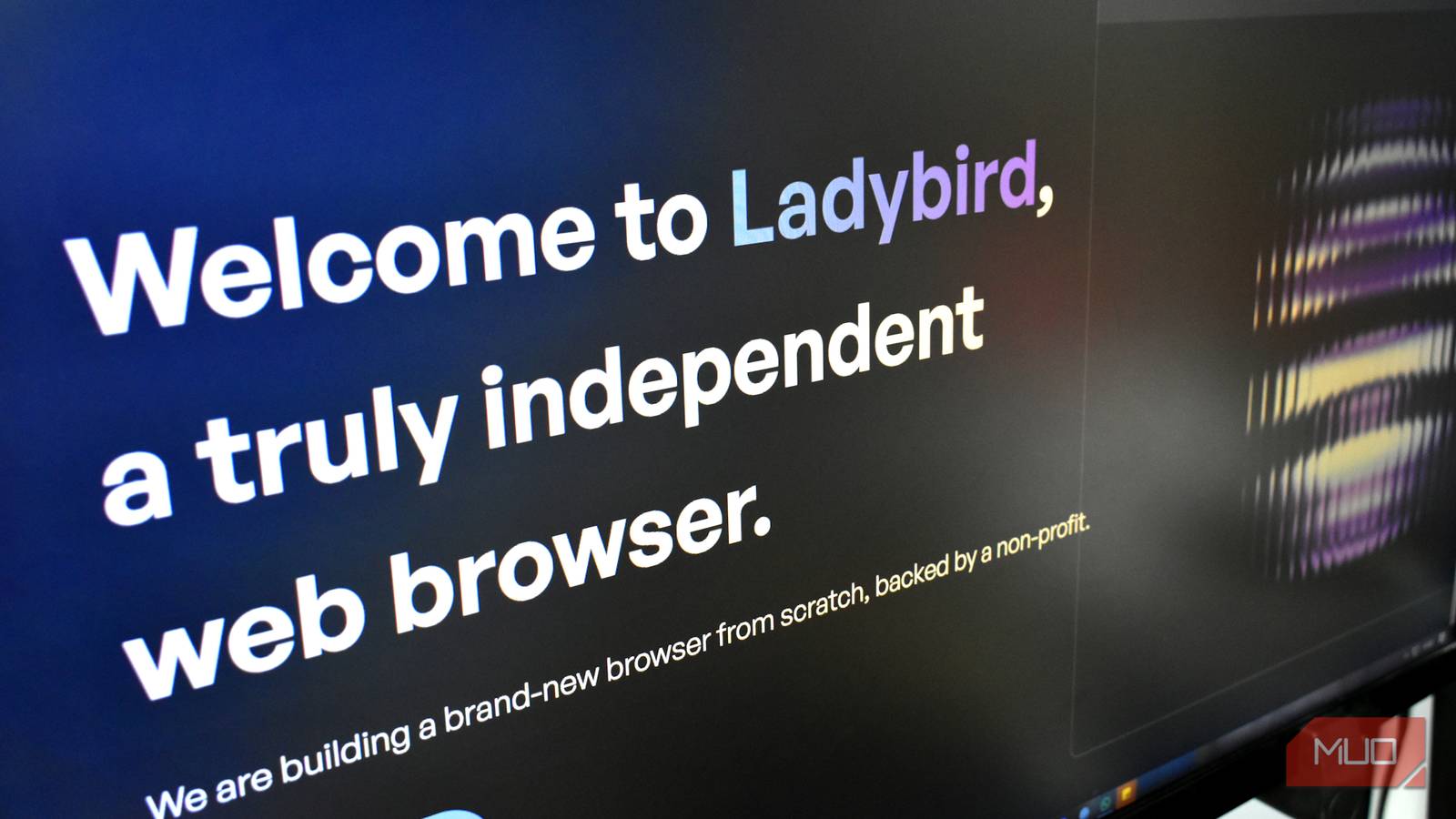The GOEAI It represents the convergence between artificial intelligence and geospatial information, a fusion that is transforming the way we understand and manage the territory. This technology combines automatic learning algorithms with geospatial data such as satellite images, remote sensors and digital maps to accelerate the understanding of business opportunities, environmental impacts and operational risks. What previously required weeks of manual analysis, can now be automated to extract, classify and detect information intelligently, allowing not only to visualize problems but to model future scenarios and reduce uncertainty.
Esrifounded in 1969 as Environmental Systems Research Institute, is the world leading company in Geographic Information Systems (GIS). Based in California and more than 12,000 employees distributed in more than 200 countries, the company invests approximately 28% of its annual income in development and technological innovation. Its ArcGIS platform has become the de facto standard for organizations that need to integrate and analyze data through the geographical component, from public administrations such as the Treasury and the Ministry of Agriculture to private companies such as Telefónica, Renfe and Iberdrola. In Spain, ESRI has more than 160 employees and a solid presence that covers both the public and private sector, positioning itself as a reference in the democratization of geospatial technologies.
We have had the opportunity to talk to Aitor Calero, manager of the area of Technology and Innovation of ESRI Spain to give us his vision of the future of geographical information systems and the role of AI.
(MCPRO): How is the convergence of the cloud, sensors and the concept of the Geographic Information System (SIG) redefine? Is it going from being a registration system to a prediction system?
(Calero Actor): The GIS really have never stopped playing a fundamental role as a prediction system. Natural catastrophes, supply networks, distribution routes, urban planning … In all these scenarios and many others where there are geospatial component, SIG have been used to simulate scenarios and try to predict impacts. What is happening now is that all this is being able to do with many more data (sensors), more computation capacity (the cloud), and now with additional intelligence, the AI that makes all prediction systems can address previously unthinkable challenges.
(MCPRO): Geoai is discussed as a technology that allows us to anticipate changes. Does this mean that the main business value of geospatial technology no longer resides in the visualization of data, but in its ability to model future scenarios and reduce uncertainty?
(Calero Actor): We must not stop giving importance to visualization. Visualizing information through a good map is the first step to understand many problems. Obviously, where the AI applied to the GIS can now contribute the most value is that we can model and simulate on a scale. In addition, we will be able to do it with new 3D display capabilities or immersive environments that were not available before. We will not take long to see augmented reality scenarios and virtual reality where a set of IAS will show us different scenarios.
Precisely, these new capabilities and their practical application will be one of the foci in the technical sessions of the Esri Spain 2025, October 29 and 30, in IFEMA, where examples of how geospatial innovation are entering these lands will be shown.
(MCPRO): Faced with skepticism towards AI, trust has been positioned as a central pillar. Is this a business strategy to enter regulated sectors such as defense or critical infrastructure, where trust is an indispensable requirement?
(Calero Actor): Absolutely. It is essential to have robust, reliable systems and, in many cases, sovereign and reside in the client’s own infrastructure. This is especially important in sectors such as the ones you mention. Fortunately, ESRI has all the technological pieces to guarantee it.
(MCPRO): The policy of not training models with client data without explicit authorization is a key differentiator. How is this isolation technically managed to ensure that a client’s sensitive data will not be used to improve foundational models?
(Calero Actor): In the case of ESRI, our models are housed in private servers and we contractually guarantee that customer data will never be used to train or re-enter the models. ESRI relies on the great LLMS that the main hyperscales provide and makes a fine adjustment to adapt it to the needs of our clients and that interprets the geospatial language well.
(MCPRO): Could you give us a tangible example of how a Spanish organization has translated Geoai’s implementation into cost savings or measurable efficiency improvement?
(Calero Actor): There are several, but one of the most relevant has been, without a doubt, what the Cartography Department of the Government of Cantabria has achieved. I really like this example because it shows that Geoia is not just for great organizations. On the contrary, small organizations, with limited resources, are the ones that can benefit the most immediately. In the case of Cantabria, Geoia have applied to analyze aerial photos of the entire territory, allowing them to solve problems such as proliferation of invasive species, updating their reference cartography, beach occupation management, road management … It is an example to replicate anywhere, but which obviously requires adequate professionals and technology. In fact, these types of cases will be shared in our annual meeting, at the Esri Spain 2025 conference, where it will be shown how large corporations and small municipalities can apply the GEOAI to generate value in their day to day.
(MCPRO): The tools that allow consultations in natural language seem designed to get the geospatial analysis of the expert niche. Is this democratization a strategy to expand the potential market of geospatial technology within organizations?
(Calero Actor): We expect that! The needs of users are not to know how a certain program works. Your needs are solving problems. And many of those problems are geospatial. For example, “I want a map of Seville that shows me the percentage of women over 70 years to identify areas where there may be inflowing services for this population segment.” This is a process that solves a GIS, but that needs some training or support in a professional. Now these types of issues, raised in natural language, will be possible to launch them into a geospatial system enhanced by AI to answer them.

(MCPRO): What is the strategic advantage of offering an integrated ecosystem with pre-angry models against a point of specific solutions? Are you looking to convert the platform into the axis where all Geoai’s workflows of an organization reside?
(Calero Actor): That is a very important aspect. Having an integrated geoai platform, which follows common and documented patterns is very important, because it allows you to reach economies of scale, reuse and avoid duplication. But in addition to this, knowing that your Geoia systems is well designed, which is based on standards, that has a solid, safe architecture and that, in addition, it takes into account possible biases, hallucinations, etc … is fundamental. Punctual solutions also have their place, but if we want to guarantee a real ROI, an integrated system is the best alternative.
(MCPRO): The functionality of talking with the map in natural language is a clear example of democratization. What type of language model (LLM) drives this functionality and how has it trained to understand the context and geospatial terminology?
(Calero Actor): I would say that any LLM can be adapted to this task. It is true that the first models did not know much of geography, but they did not know how to do some simple mathematical operations and, currently, they already gain medals in unintelligible mathematical challenges for the rest of us. The secret to operating these LLM is to make a good interpretation, in terms of GIS, of what the user asks, to “translate it” to make the LLM generate what we want. Then, obviously, you have to connect the systems with each other, to understand what tools are necessary. Obviously, throughout this process, documentation is essential to be able to nurture the models and optimize them.
(McPro): The new assistants of ia suggest a paradigm shift. Is it seeking to transform the analyst Gis into an AI orchestrator, where its value resides more in formulating the right business questions and less in technical execution?
(Calero Actor): That, surely, will be one of the new roles of GIS analysts. In this sense, its evolution will be similar to any other data analyst. However, I think it is still early to evaluate the impact that AI will have or what will be the specific role. Less than 2 years ago, we didn’t even know that there could be a role of “Prompt Engineer.” What I am sure of is that knowing how to ask the right questions will always be (it has always been), one of the fundamental skills for any professional.
I also think that democratization that will bring AI to geospatial technologies, will grow the market, remains and opportunities. Therefore, knowing how to use new tools properly, will be a differential value for future professionals.

(MCPRO): It is said that the next step is the LLMs trained to understand geographical concepts. What does this mean in practice? Is it possible to ask a system to identify areas with gentrification potential based on multiple variables and obtain a reasoned response?
(Calero Actor): Yes, totally. In fact, I would say that we are already at that point because all the abilities and technologies already exist. What has not yet been done is to take them to most users in their day to day.
What is to come, or at least I expect it, are LLMS (or as they have to be called) that they are specifically trained on a geospatial data corpus, whether images or vectors, who understand how the different elements are related and that, in the future, can generate cartography automatically. This would have direct planning application or maps in real time.
In any case, I believe that the future will be in the orchestration of various ias in which, necessarily, there will have to exist geospatial.
(MCPRO): There is a risk of deepening territorial inequalities if access to these technologies is not democratized. What initiatives are being carried out to ensure that both large corporations and SMEs and small municipalities can benefit from Geoai’s potential?
(Calero Actor): I think that the case that I have previously commented on Cantabria comes to demonstrate that there are precisely the smallest organizations that can get these technologies the most. In addition, they have an advantage, their agility and dynamism. Something that other types of larger organizations can lack.
Answering your question specifically, I think there are many ways to send these technologies to small organizations. Right now, many of the LLMS are Opensource and can be housed in our own teams. In addition, everything indicates that, in the future, there will be very powerful models with lower computational requirements.
(MCPRO): Finally, if you had to describe in a phrase the deepest transformation that the GEOAI will cause in the way in which companies and governments manage the territory in the next decade, what would it be?
(Calero Actor): I really feel unable to make such a prediction. The only thing I dare to affirm is that there will be a very intense transformation and with a greater impact than the appearance of the Internet.










